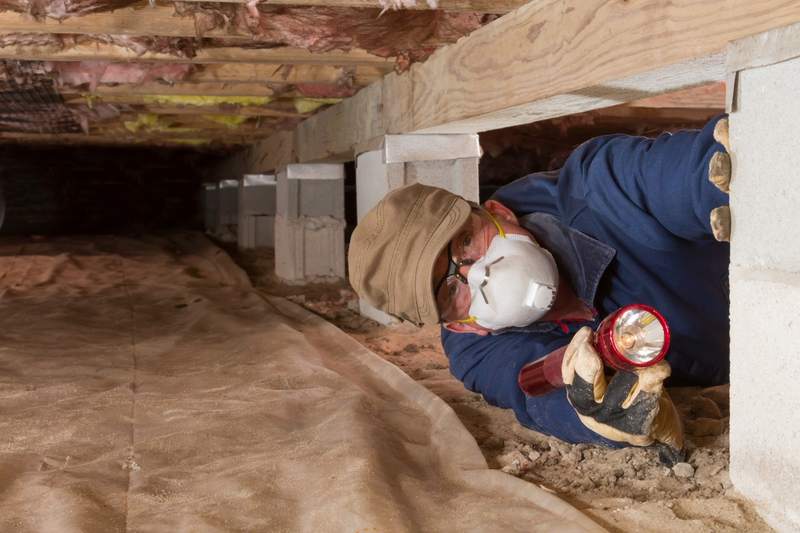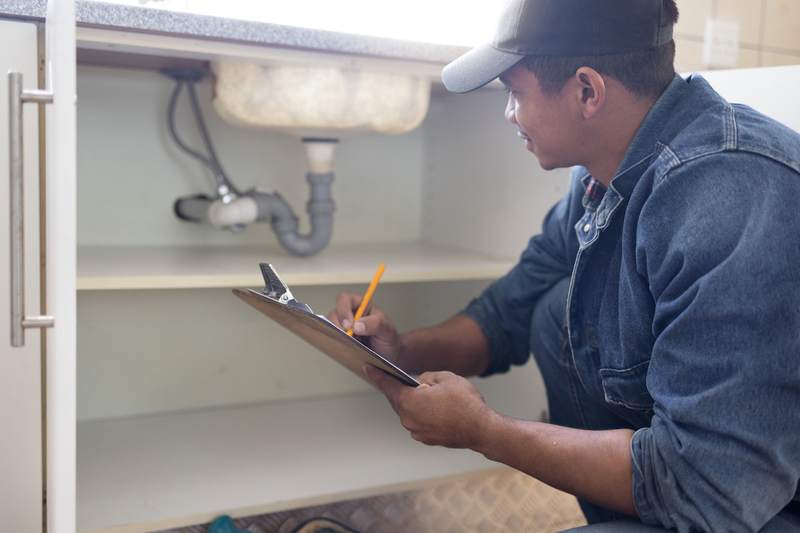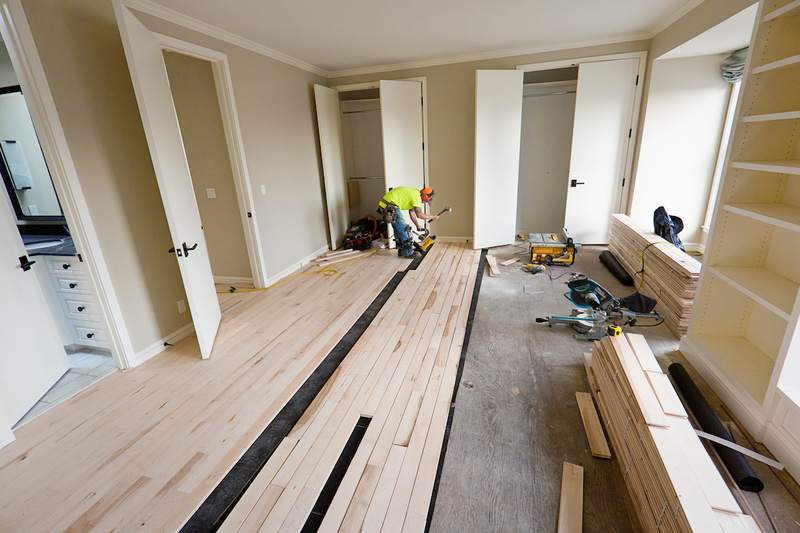
When interest rates are high, it increases the cost of homeownership. As result, some prospective homebuyers get priced out of the market because they can’t afford higher monthly payments.
However, just because interest rates are higher than they were a few years ago, that doesn’t mean you have to lose hope on your homebuying goals. Here’s a look at some alternative financing options that help homebuyers afford a mortgage.
How Does Alternative Home Financing Work?
In response to higher interest rates, lenders are offering alternative financing options. Some of these options can help you lower your interest rate — at least temporarily. However, alternative financing options often come with major trade-offs, so it’s important that you understand the risks.
Alternative Mortgage Options When Interest Rates Are High
Here’s a rundown of some of the different options you have when interest rates are high.
Adjustable-rate mortgage
While a fixed-rate mortgage has an interest rate that stays the same throughout the life of the loan, adjustable-rate mortgages have an interest rate that will change on a regular basis after an introductory period.
The upside to an ARM is that you’ll typically start off with a lower interest compared to a fixed-rate mortgage. Some homebuyers choose an ARM when interest rates are high so they can take advantage of a lower rate during the fixed period, which can last five to 10 years. However, once this period is over, your interest rate will adjust and sometimes increase.
ARMs can be a good option for homebuyers who plan to sell their home before the introductory period ends so that they don’t have to worry about interest rates increasing.
Temporary buydown
A temporary buydown allows you to lower your monthly payment for the first year or two of your mortgage in exchange for an upfront fee or higher interest rate down the line. The upside is that you’ll lower your monthly payments for the introductory period. However, there’s no guarantee you’ll be able to refinance to lower your interest rate when this period ends. In fact, your long-term interest rate and monthly payments may end up being even higher than if you had just skipped the buydown.
Loan assumption
A loan assumption means that instead of taking out a new mortgage, you take on the seller’s existing loan with its original terms. If the seller took out the mortgage before interest rates increased, then you’ll be able to benefit from the lower rate. However, a loan assumption also requires that the buyer compensates for the difference between the outstanding loan balance and purchase price of the home.
Alternative Financing Arrangements
Beyond the typical home loan, alternative financing arrangements are also available to buyers when interest rates are high. However, it’s important to note that these arrangements are often a risky way to finance, as they can cost more in the long run and require large balloon payments down the line. In addition, these options may not allow you to build and use equity.
Here are some examples of alternative financing arrangements:
- Contract for deed. With a contract for deed, you cut out the lender and make an agreement directly with the seller. You pay the purchase price of the home through installments to the seller. While this allows you to move into the home right away, the seller holds on to the legal title of the home until all of your payments have been made. This means you don’t have any legal claim or equity until the home is paid off.
- Rent-to-own arrangement. With a rent-to-own agreement, you pay a bit extra in rent each month. At the end of the lease, that extra money you’ve paid becomes your down payment. If you decide not to buy, then you lose the extra money you’ve paid along the way.
- Equity-sharing agreement. An equity-sharing agreement allows you to purchase property with another party and split the equity you build. You can occupy the home while the investor helps you save for a down payment. Then, at the end of the loan term, you can buy the investor out based on the value of home at that time.
FAQ
Here are the answers to some frequently asked questions about alternative financing options.











